Home>Furniture & Design>Interior Design Trends>How Many Calories Is A Glass Of Merlot
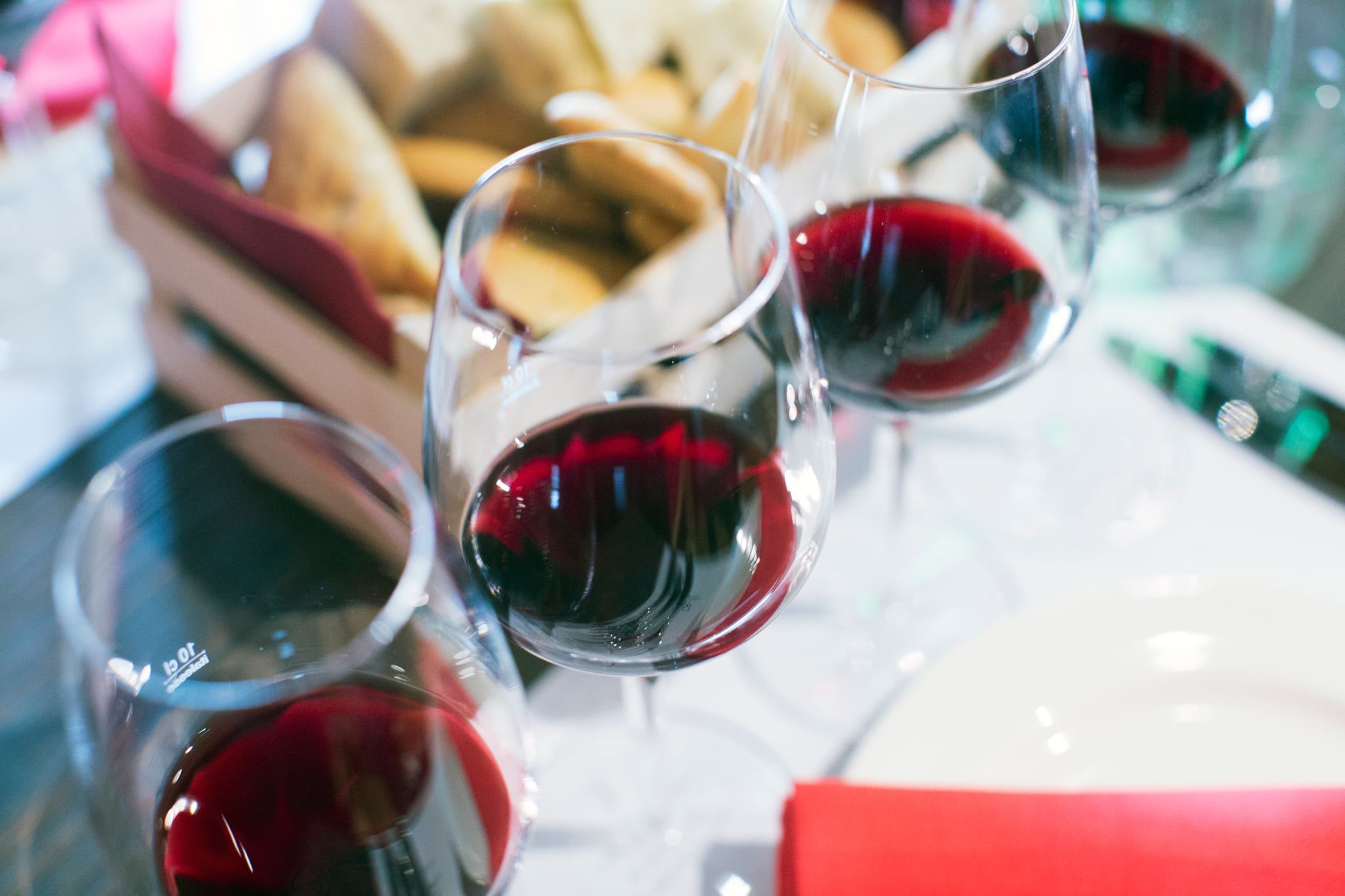

Interior Design Trends
How Many Calories Is A Glass Of Merlot
Published: February 3, 2024
Discover the calorie count in a glass of Merlot and stay updated on the latest interior design trends. Learn how to balance your wine indulgence with a stylish home.
(Many of the links in this article redirect to a specific reviewed product. Your purchase of these products through affiliate links helps to generate commission for Storables.com, at no extra cost. Learn more)
Introduction
When it comes to enjoying a glass of wine, many individuals are curious about its caloric content. Whether you're savoring a glass of Merlot with a sumptuous meal or unwinding after a long day, understanding the caloric implications is essential for making informed choices. In this article, we will delve into the nutritional aspects of Merlot, shedding light on its caloric content and the factors that influence it. By the end, you'll have a clearer understanding of how many calories are present in a glass of this popular red wine. So, let's embark on this enlightening journey to uncover the caloric mysteries of Merlot.
Key Takeaways:
- Enjoying a 5-ounce glass of Merlot typically adds 120-130 calories to your diet, influenced by alcohol and sugar content. Moderation is key for a balanced lifestyle.
- Factors like alcohol content, residual sugar, and serving size affect the caloric content of Merlot. Understanding these helps make informed dietary choices.
Read more: How Many Carbs Is A Glass Of Merlot
What is Merlot?
Merlot is a red wine grape variety that has gained widespread popularity for its smooth, approachable character and versatility. It is one of the primary grape varieties used in the production of Bordeaux wines, where it is often blended with Cabernet Sauvignon and Cabernet Franc. The name "Merlot" is believed to have originated from the French word "merle," which means blackbird, possibly due to the grape's dark blue color or the bird's fondness for the fruit.
This grape variety is known for its early ripening, making it well-suited for a variety of climates and regions around the world. Merlot grapes typically produce wines with a medium to full body, exhibiting flavors of plum, cherry, and herbal notes, along with a velvety texture that contributes to its overall appeal.
Merlot wines are celebrated for their approachability, making them an excellent choice for both novice and seasoned wine enthusiasts. The wine's soft tannins and fruit-forward profile make it a versatile option for pairing with a wide range of dishes, from roasted poultry and grilled meats to pasta dishes and soft cheeses.
In recent years, Merlot has also gained recognition as a single-varietal wine, allowing its distinct characteristics to shine without the influence of other grape varieties. This has led to the production of high-quality Merlot wines that showcase the grape's unique attributes and regional expressions.
Overall, Merlot is revered for its smooth, fruit-driven profile, making it a beloved choice for those seeking a well-rounded and approachable red wine. Its widespread availability and ability to complement a variety of cuisines have solidified its place as a beloved staple in the world of wine, appealing to a broad spectrum of palates and preferences.
Nutritional Content of Merlot
Merlot, like other wines, contains a range of nutritional components that contribute to its overall profile. Understanding the nutritional content of Merlot is essential for those seeking to make informed choices about their dietary intake. While it is widely recognized for its flavor and aroma, it's important to consider the nutritional aspects of this popular red wine.
One of the key components of Merlot is its calorie content. Like all alcoholic beverages, Merlot contains calories derived from its alcohol and sugar content. Additionally, it contains small amounts of various vitamins and minerals, including potassium, magnesium, and certain B vitamins. These nutritional elements, while present in modest quantities, contribute to the overall nutritional profile of the wine.
In terms of macronutrients, Merlot is primarily composed of water and alcohol. The alcohol content in wine is a significant contributor to its caloric content, as alcohol contains almost twice as many calories per gram compared to carbohydrates and protein. This is an important factor to consider when evaluating the caloric implications of consuming a glass of Merlot.
Furthermore, the sugar content in Merlot, while relatively low compared to sweet wines, also contributes to its overall caloric content. The residual sugar in the wine, derived from the grapes used in its production, adds a subtle sweetness and body to the wine, but it also contributes to the total calorie count.
It's worth noting that while Merlot contains certain vitamins and minerals, the quantities are not significant enough to contribute substantially to one's daily nutrient intake. However, these elements, along with the moderate alcohol content, form part of the holistic nutritional composition of Merlot.
In summary, the nutritional content of Merlot encompasses its calorie content, alcohol, sugar, and trace amounts of vitamins and minerals. Understanding these components provides valuable insight into the overall nutritional profile of this popular red wine. When enjoyed in moderation, Merlot can be a delightful addition to a well-balanced diet, offering not only sensory pleasure but also a nuanced array of nutritional elements.
A 5 oz glass of Merlot has around 125 calories. Keep in mind that the alcohol content and sweetness can affect the calorie count.
How Many Calories in a Glass of Merlot?
A common query among wine enthusiasts and health-conscious individuals revolves around the caloric content of a glass of Merlot. Understanding the caloric implications of this popular red wine is essential for making informed choices and maintaining a balanced lifestyle. So, let's delve into the specifics of how many calories are present in a typical serving of Merlot.
In general, a standard 5-ounce (148-milliliter) serving of Merlot contains approximately 120-130 calories. This calorie count is influenced by the alcohol and sugar content of the wine, both of which contribute to its overall energy value. The alcohol content, in particular, plays a significant role in the caloric density of Merlot, as alcohol contains approximately 7 calories per gram, compared to 4 calories per gram in carbohydrates and protein. As such, the moderate alcohol content in Merlot contributes to its caloric load, making it important to consider when evaluating dietary choices.
It's important to note that the caloric content of Merlot can vary slightly depending on factors such as the specific winemaking techniques employed, the grape growing conditions, and the residual sugar levels in the wine. However, the aforementioned calorie range provides a reliable estimate for those seeking to monitor their caloric intake while enjoying a glass of this beloved red wine.
Additionally, the serving size of the wine plays a crucial role in determining the overall caloric impact. While a standard serving is typically defined as 5 ounces, variations in portion sizes can lead to proportional changes in the calorie count. Being mindful of portion sizes is key to accurately gauging the caloric intake from a glass of Merlot.
In summary, a 5-ounce serving of Merlot contains approximately 120-130 calories, with the alcohol and sugar content being the primary contributors to its caloric density. By understanding the caloric implications of this popular red wine, individuals can make informed choices about their dietary intake while savoring the sensory pleasures that Merlot has to offer.
Factors Affecting the Caloric Content
The caloric content of a glass of Merlot is influenced by several key factors, each playing a role in determining the overall energy value of the wine. Understanding these factors provides valuable insight into the nuanced aspects of caloric density in Merlot, shedding light on the complexities that contribute to its nutritional profile.
-
Alcohol Content: The alcohol content in Merlot is a primary determinant of its caloric density. Alcohol contains approximately 7 calories per gram, making it a significant contributor to the overall energy value of the wine. As such, wines with higher alcohol levels will generally have a greater caloric content per serving. The fermentation process and winemaking techniques employed can impact the alcohol levels in the final product, thereby influencing its caloric implications.
-
Residual Sugar: The residual sugar in Merlot, though typically lower compared to sweet wines, contributes to its caloric content. Sugar adds sweetness and body to the wine, enhancing its flavor profile. However, it also contributes to the overall calorie count, albeit to a lesser extent than alcohol. Wines with higher residual sugar levels will have a slightly elevated caloric density, reflecting the influence of this component on the nutritional composition of the wine.
-
Serving Size: The serving size of the wine directly affects the caloric intake. While a standard serving of Merlot is defined as 5 ounces, variations in portion sizes can lead to proportional changes in the calorie count. Larger servings will naturally contain more calories, while smaller portions will have a reduced caloric impact. Being mindful of serving sizes is crucial for accurately assessing the caloric content of a glass of Merlot.
-
Winemaking Techniques: The specific winemaking techniques employed, including fermentation processes, aging methods, and blending practices, can impact the caloric content of the wine. Certain techniques may result in higher alcohol levels or residual sugar, thereby influencing the overall energy value of the final product. Additionally, factors such as oak aging and malolactic fermentation can impart subtle nuances to the wine, contributing to its overall sensory appeal and, consequently, its caloric implications.
By considering these factors, individuals can gain a deeper understanding of the caloric content of Merlot and make informed choices about their dietary intake. The interplay of alcohol content, residual sugar, serving size, and winemaking techniques collectively shapes the caloric density of this beloved red wine, highlighting the multifaceted nature of its nutritional profile.
Read more: How Many Calories Is A Glass Of Whiskey
Conclusion
In conclusion, the caloric content of a glass of Merlot is an important consideration for individuals seeking to balance their enjoyment of this popular red wine with their dietary goals. With approximately 120-130 calories in a standard 5-ounce serving, Merlot offers a flavorful and nuanced drinking experience while contributing to the overall caloric intake. The interplay of alcohol content, residual sugar, serving size, and winemaking techniques collectively shapes the caloric density of this beloved red wine, highlighting the multifaceted nature of its nutritional profile.
Understanding the factors that influence the caloric content of Merlot empowers individuals to make informed choices about their dietary intake. By being mindful of portion sizes and considering the impact of alcohol and sugar content, wine enthusiasts can incorporate Merlot into their lifestyle while maintaining a balanced approach to nutrition. Additionally, the moderate alcohol content and trace amounts of vitamins and minerals in Merlot contribute to its holistic nutritional composition, adding depth to its overall appeal.
It's important to emphasize that while the caloric content of Merlot is a key consideration, enjoying this red wine in moderation can be part of a well-rounded approach to a healthy lifestyle. The sensory pleasures and cultural significance of wine, including Merlot, are integral to many social and culinary experiences, enriching moments of conviviality and gastronomic exploration.
Ultimately, the caloric content of Merlot, while a noteworthy aspect, is just one facet of the broader tapestry of wine appreciation. By embracing a balanced and mindful approach to consumption, individuals can savor the distinctive qualities of Merlot while maintaining a holistic perspective on their dietary choices. Whether paired with a delectable meal or savored on its own, Merlot continues to captivate wine enthusiasts with its approachable character and versatile appeal, inviting moments of enjoyment and conviviality.
Frequently Asked Questions about How Many Calories Is A Glass Of Merlot
Was this page helpful?
At Storables.com, we guarantee accurate and reliable information. Our content, validated by Expert Board Contributors, is crafted following stringent Editorial Policies. We're committed to providing you with well-researched, expert-backed insights for all your informational needs.
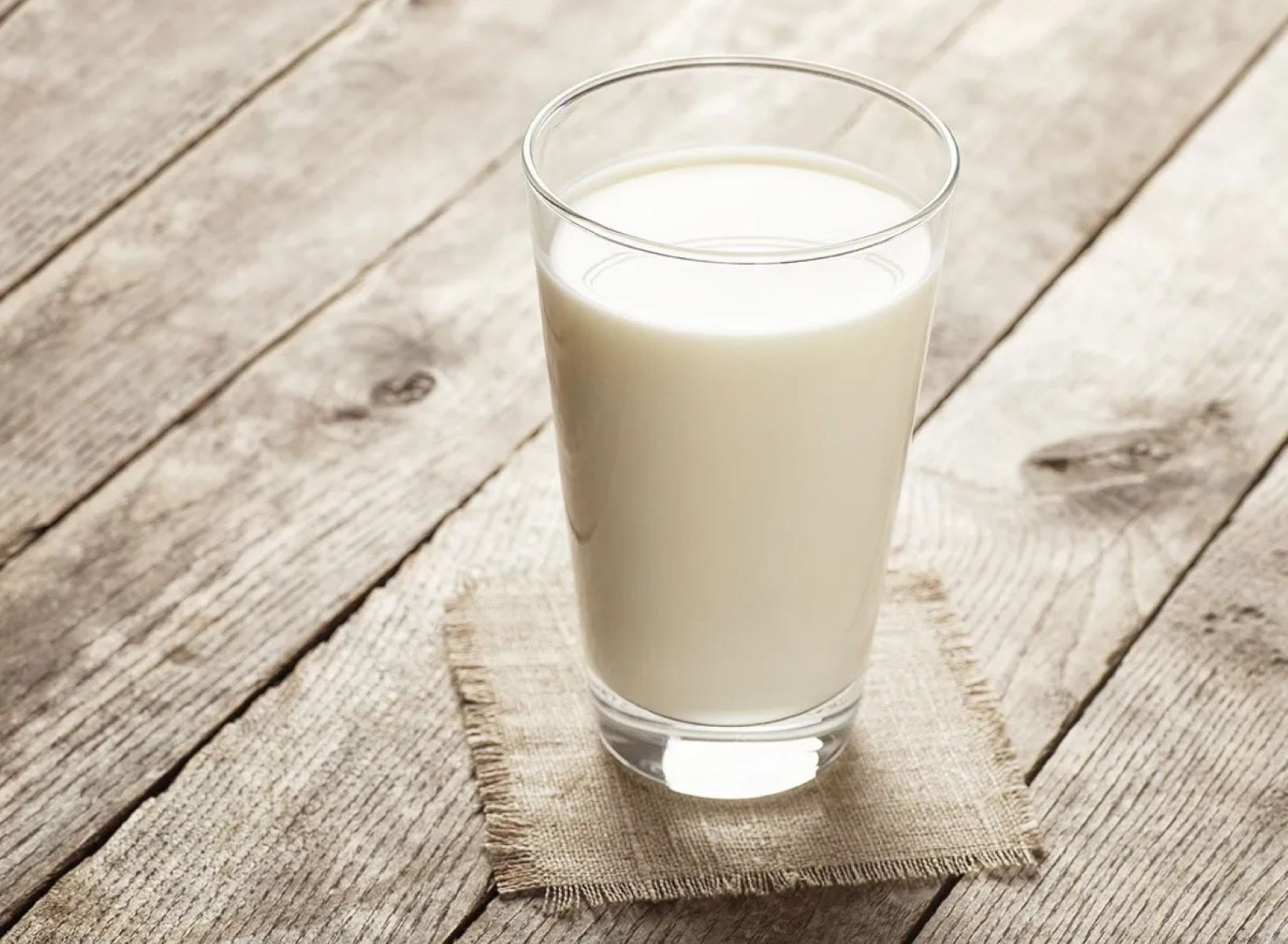

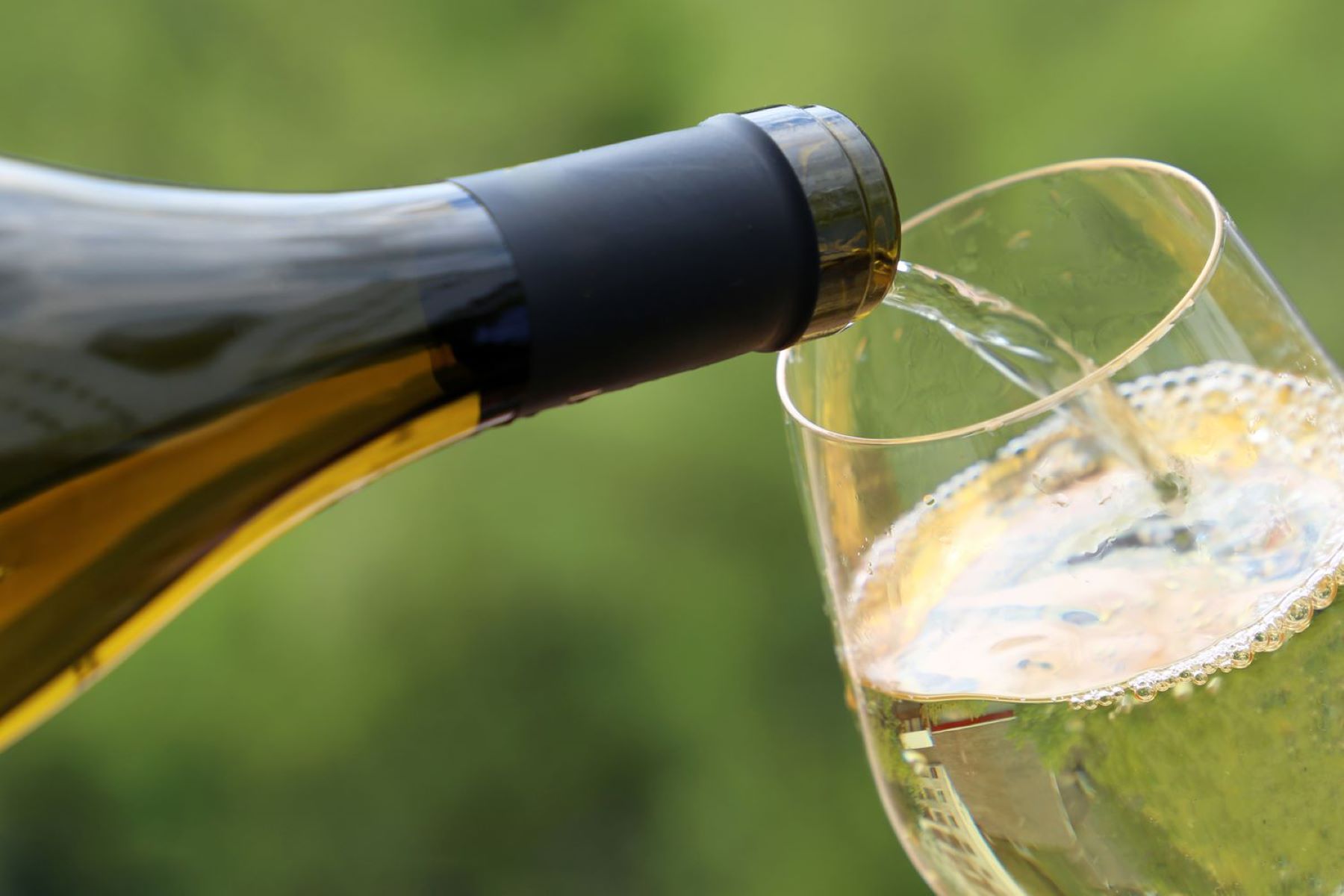

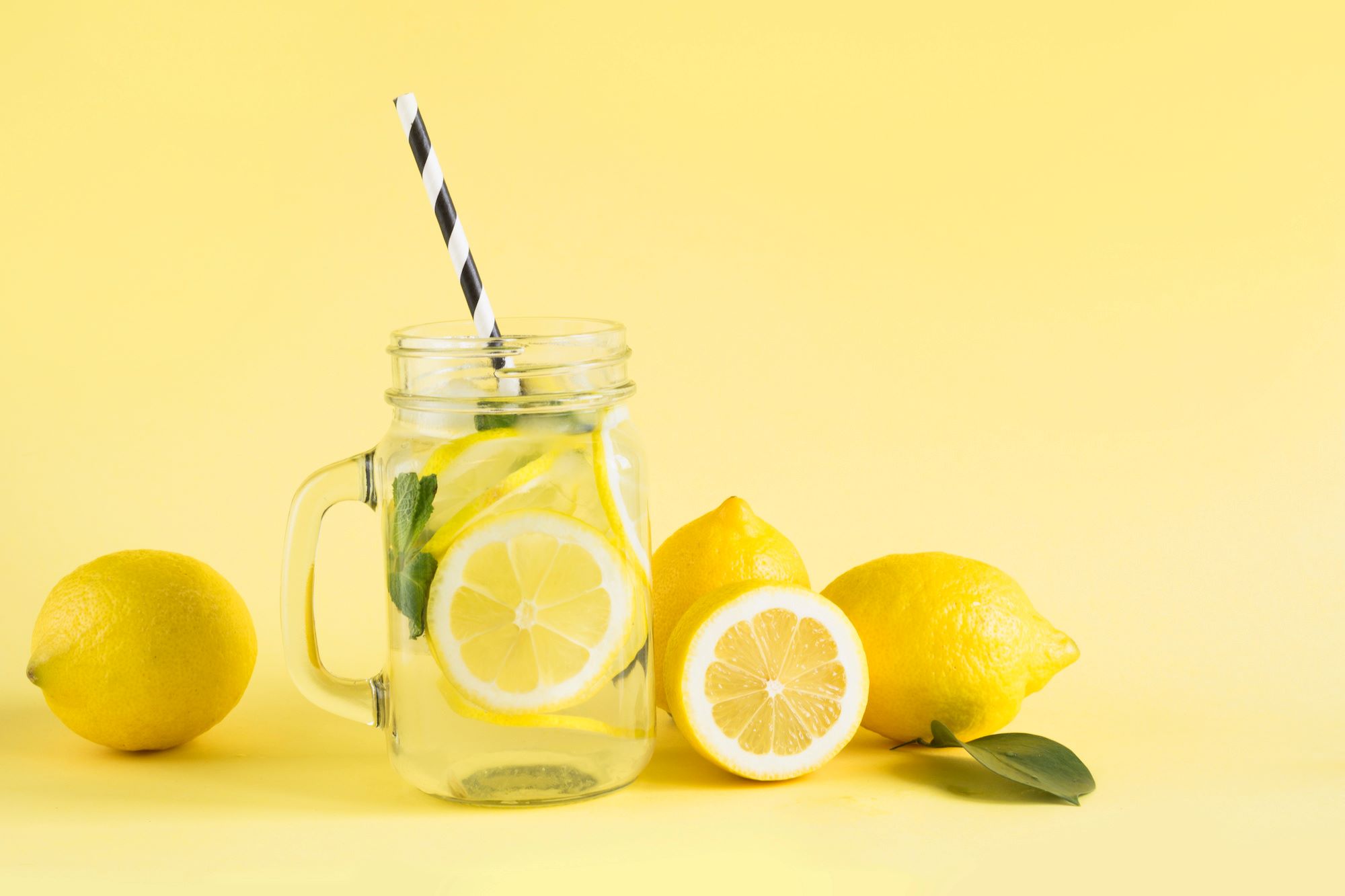
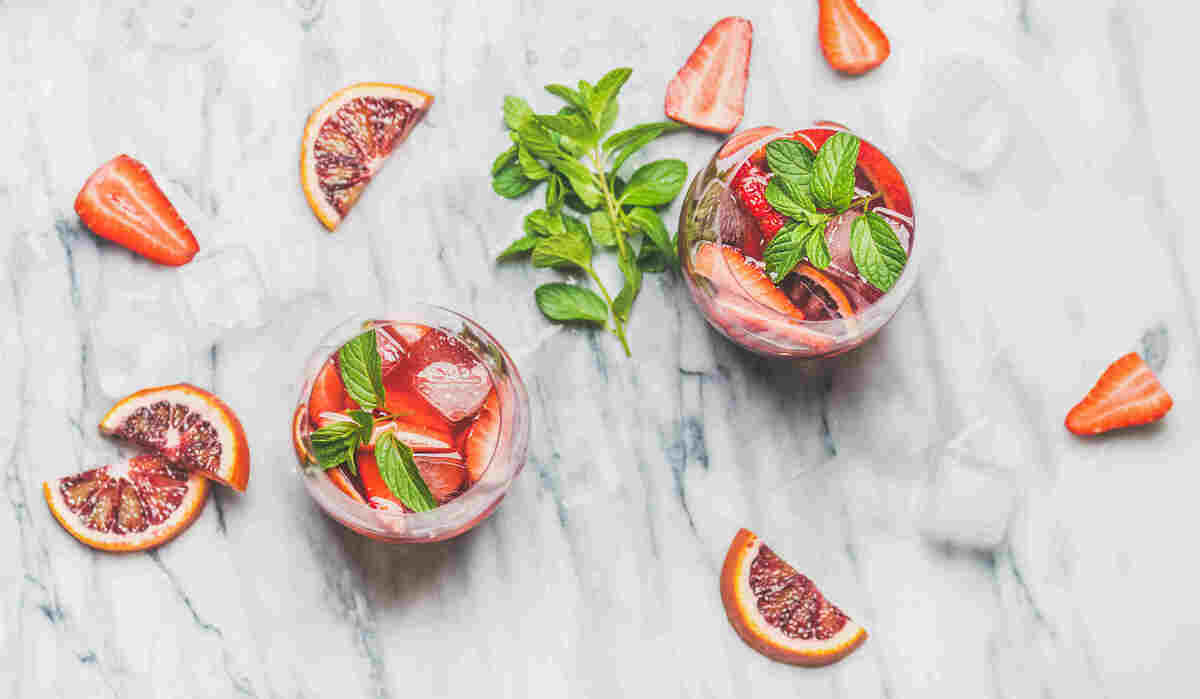
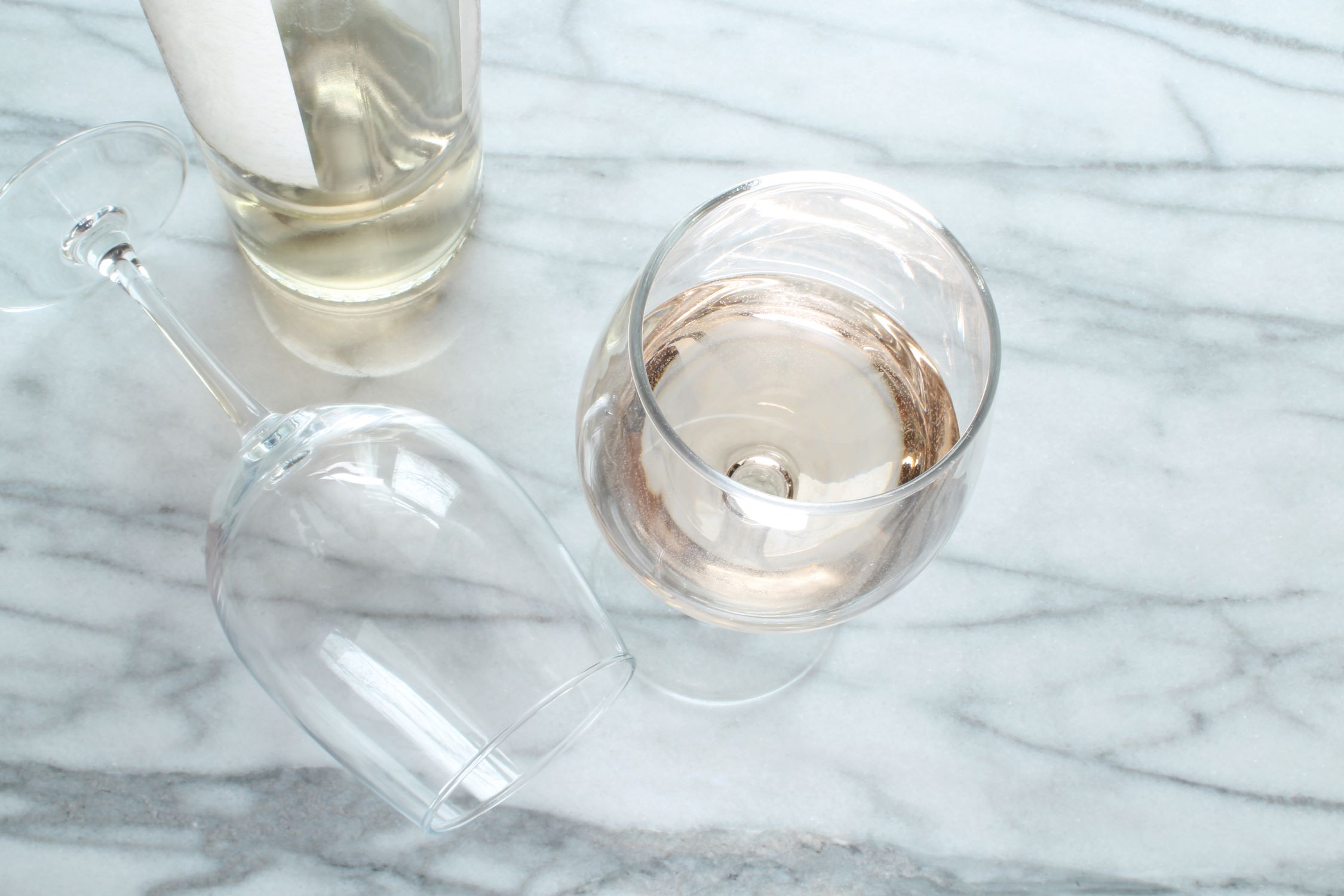
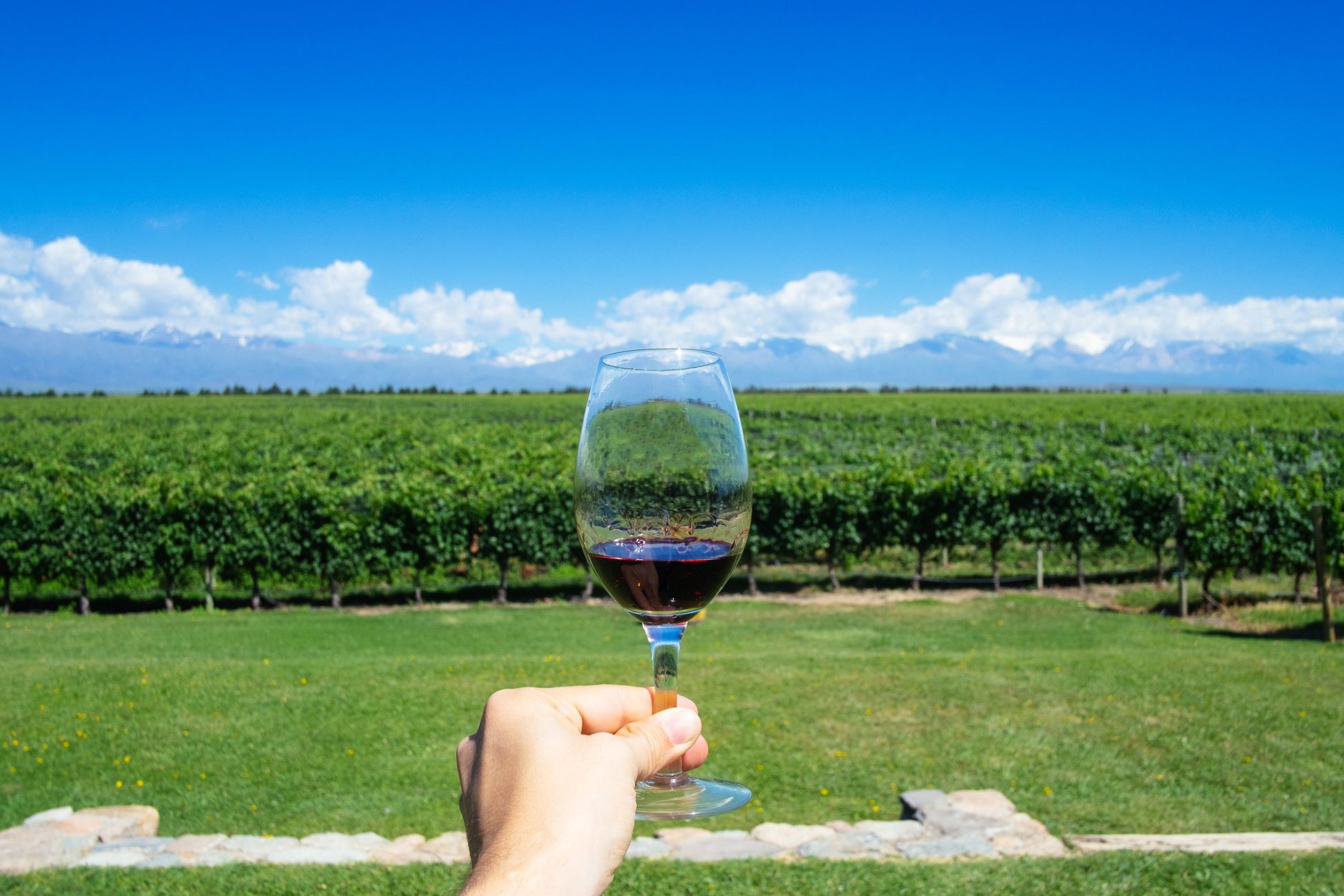
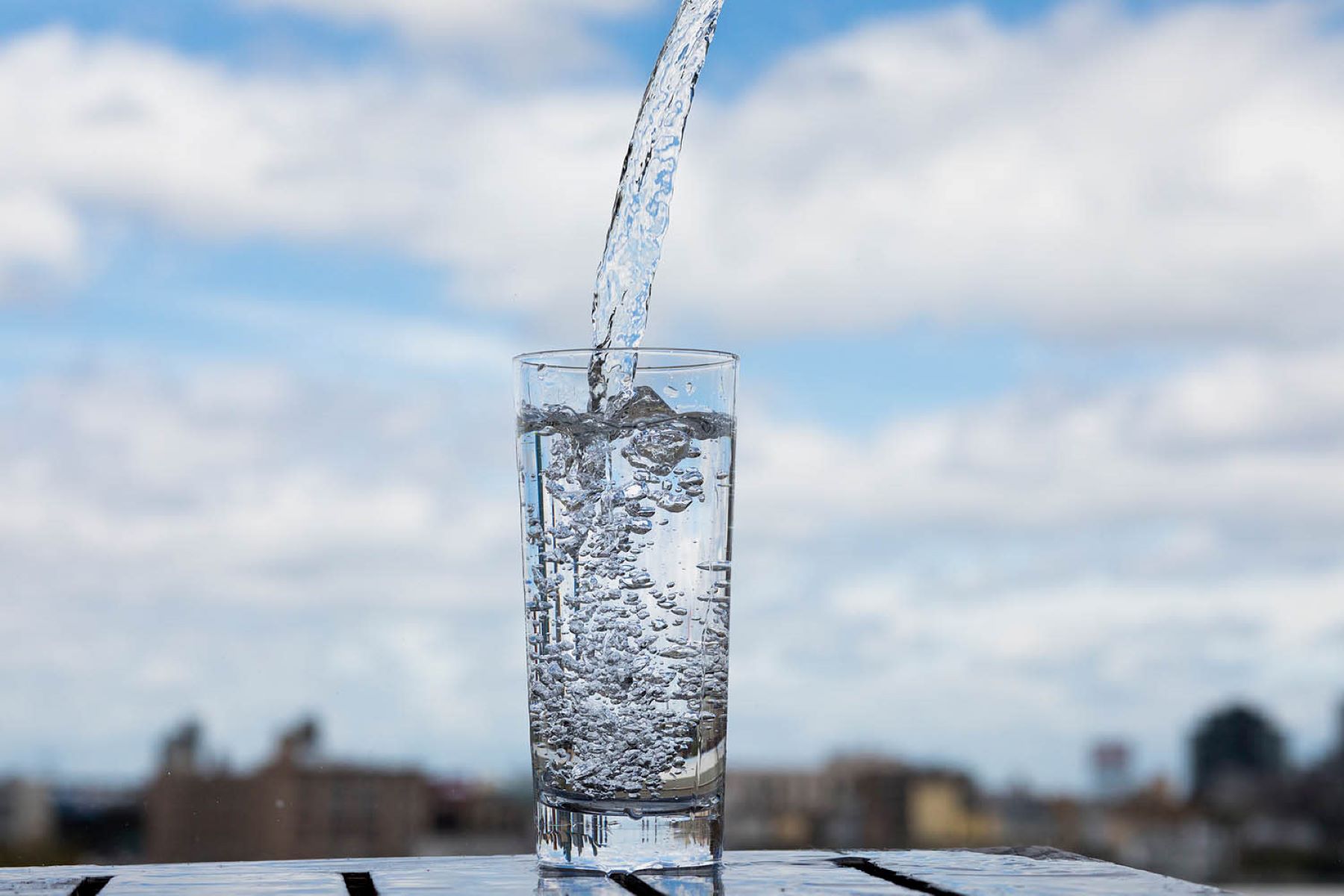

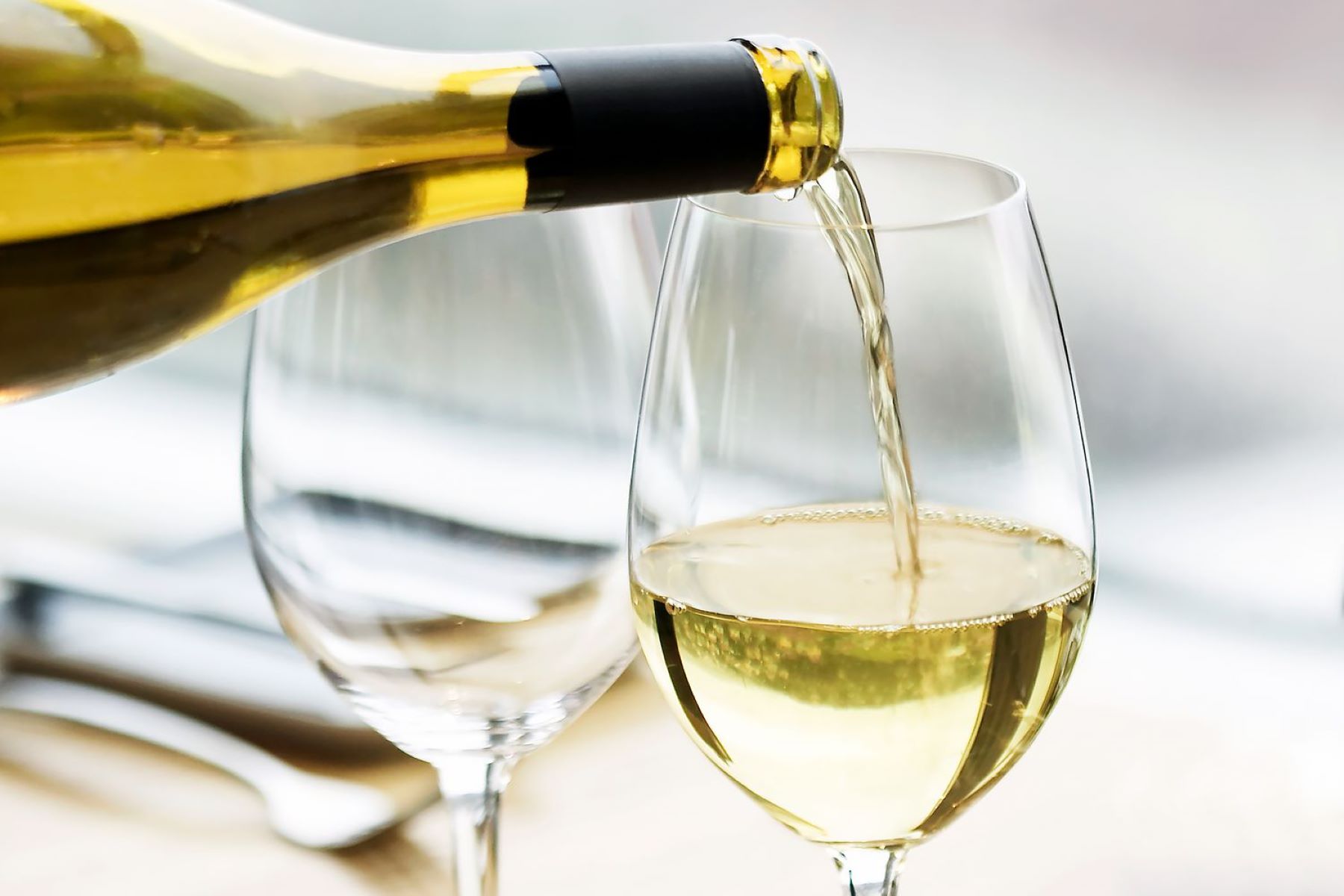
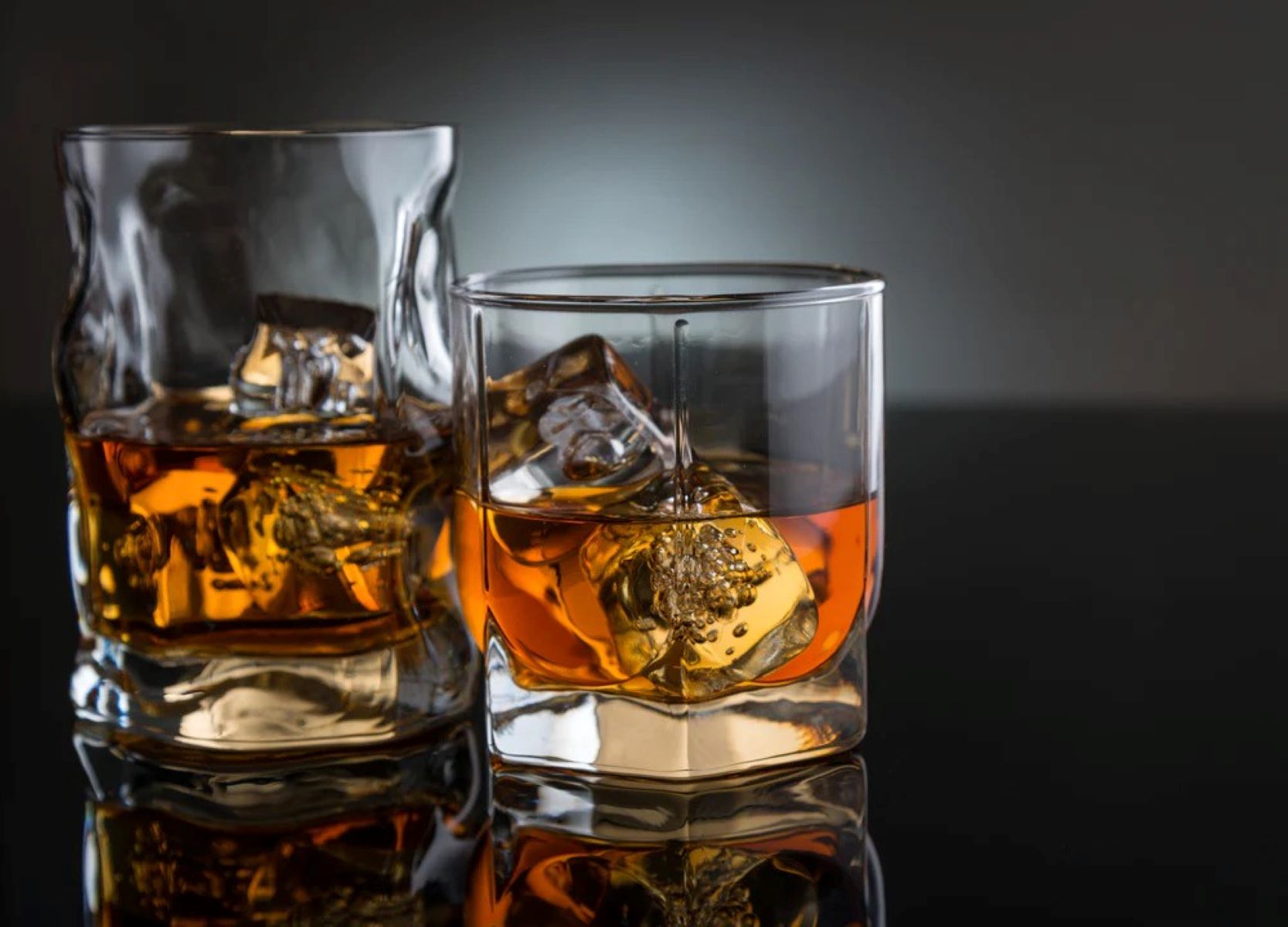
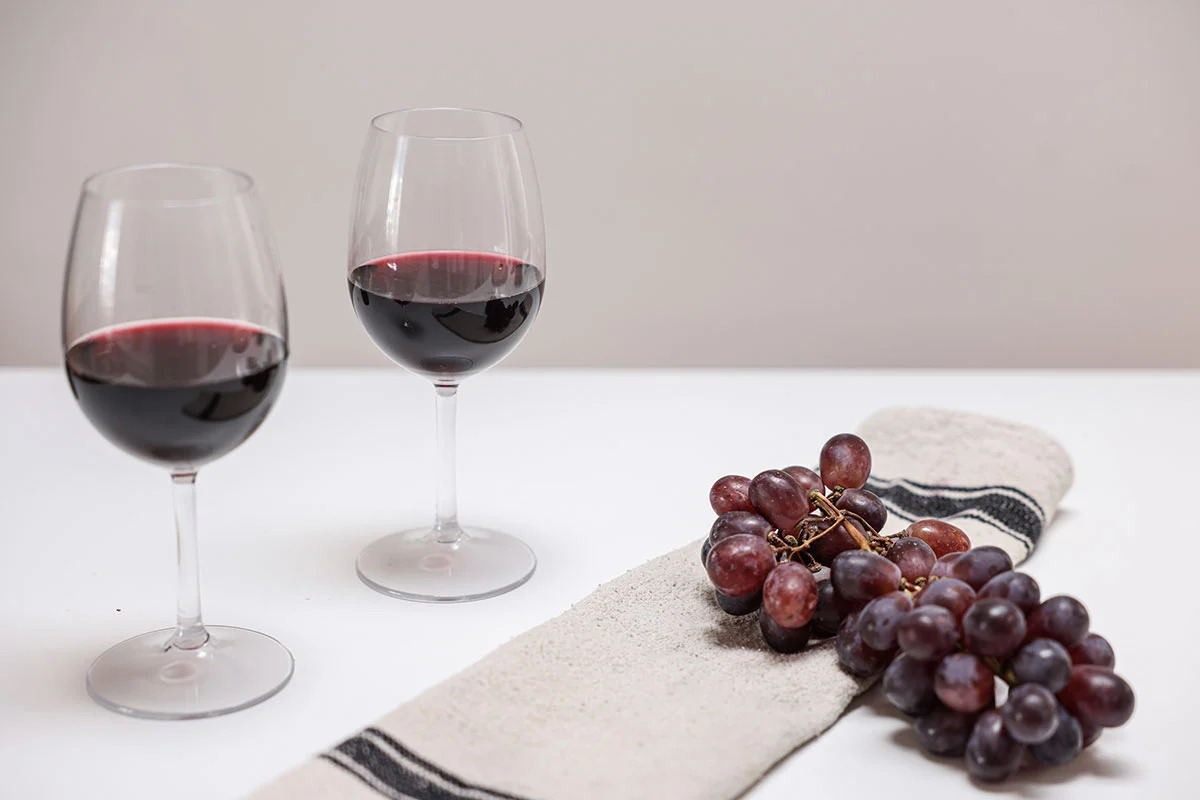


0 thoughts on “How Many Calories Is A Glass Of Merlot”